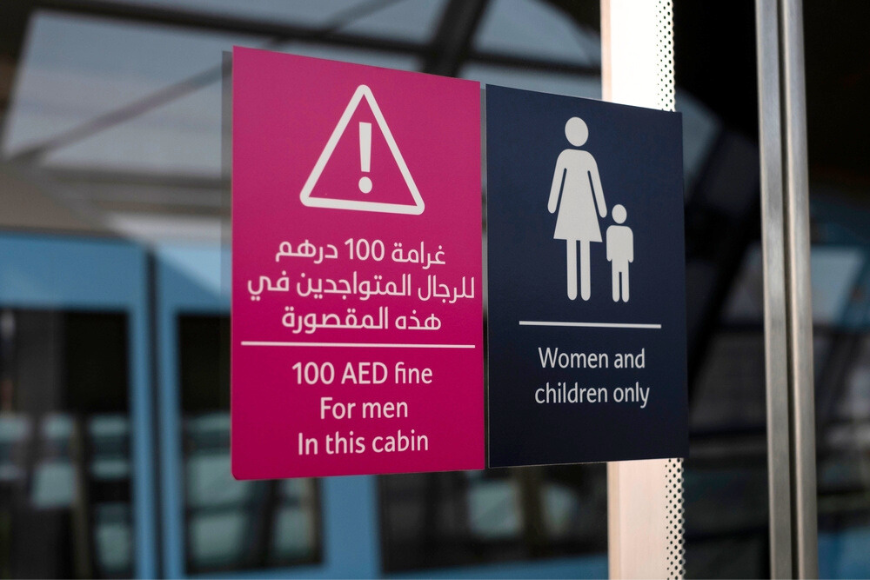How much should we be giving our kids, and should we make them earn it?
8 April 2019
| Last updated on 8 April 2019
All Credits: PA
Most children receive pocket money, but lots of parents are muddling their way through it, unsure how much to give, and whether it should be earned.
Research by shopping price comparison site idealo reveals 81% of parents give up to £20 (AED 95.86) pocket money each week, with 3% handing out even more than that. However, last year’s Halifax Pocket Money report found the average weekly amount is now £7.01 (AED 33.60).
“But it’s important parents recognise valuable lessons can be learned from not getting everything. That’s why pocket money is so effective. It’s a powerful tool that lets children practise earning, spending and saving for themselves – just like they will in their adult life.”
SEE ALSO: The Best Educational TV Shows For Your Child
Here are five tips from Gimi to help parents perfect giving pocket money…
1. Start early
Gimi says research shows the best time to start giving children pocket money is from around five or six years of age. This is the age children start to read, count, and begin exploring things they want to get better at. But you know your child best, so start when you feel they’re ready.
2. Keep it frequent
A recurring weekly allowance is likely to suit children aged five to 11 best, says Gimi, as it allows them to get used to the process of receiving pocket money regularly. A child is usually ready for a monthly allowance from age 11. “This transition encourages them to manage their finances like an adult, and make their money last longer,” explains Bohjort.
3. Make it meaningful
The amount of pocket money you give should allow and require your child to pay for some things themselves. “It should be high enough for them to spend and save some, yet low enough for them to prioritise,” stresses Bohjort. “Gradually, they’ll start to learn the difference between ‘want’ and ‘need’, especially if they’ve got their eye on something.”





.png?itok=HBSyMDok)









































































.png)


























.png?itok=0fOAXkOm)

























.png?itok=EH_x0Pha)
